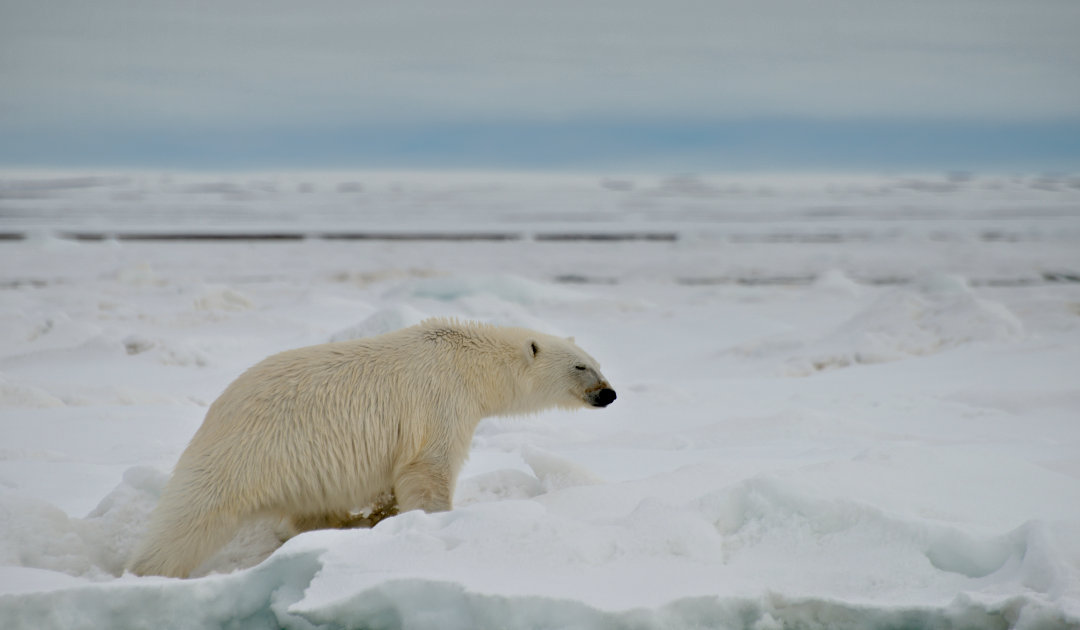Nature programs on television are quite a ratings hit. Because the programs and series allow fascinating and sometimes even previously unknown insights into nature and animals, thanks to state-of-the-art technology and a great deal of commitment on the part of the filming teams. The series from the British BBC stand out in particular. 11 years ago, the channel brought the icy regions of the earth, especially the polar regions, closer to the homes with its documentary “Frozen Planet” and caused a real hype. Now the series goes into the second round with “Frozen Planet II”.
In six parts, the producers of the series take vierwers to the different regions that are part of the Earth’s ice worlds. Whether it’s the glacier-covered mountain regions of the Himalya or the Alps, or the vastness of the Arctic Ocean, all areas of the global cryosphere are highlighted and explained again by Sir David Attenborough. The focus of the series, like last time, is on the animal inhabitants and their various adaptations to life in the cold. The series is currently shown only on BBC channels and is also available as a book. The date for a German release or other foreign language is currently unknown.


Those who now expect the new series to be a rehash of the successful first part, which thrilled the masses eleven years ago, will be proven wrong by the new material. Over a period of 4.5 years, film teams traveled to 18 countries and persevered for weeks at a time in sometimes sub-zero temperatures in the middle of the most remote regions in order to obtain new footage. They were consulted by scientists from the British Antarctic Survey BAS. Dr. Huw Griffiths and Professor Mike Meredith had taken on these roles. The executive producer of the series, Mark Brownlow explains that they wanted to focus not only on beautiful and exciting nature footage. Rather, the new series also aims to give viewers an understandable understanding of the changes that the ice worlds are undergoing nowadays more than ever before.

In addition to the spectacular wildlife footage, film crews this time also followed research teams to the hotspots of climate change impacts. For the first time, a camera team was able to accompany scientists to the Thwaites Glacier and look over the shoulders of the researchers there. The goal of this collaboration was to get the public more immersed in the subject and show that the work there is not mumbo jumbo, as many skeptics claim. “Working with the BBC enables us to spread the message of the threats our icy worlds face from climate change,” explains Mike Meredith. “However, in addition to highlighting these dangers, we also want to inspire audiences in the wonder of these places, and to give them insight into what the science community is doing to better understand these special places.”
Camera teams also managed to capture unique footage in the Arctic, from the pack ice to the deep snowy regions far inland in Canada and Russia. Whether it’s the mating behavior of Hooded seals, a highly polar and little-known seal species, or the hunting behavior of Siberian tigers during the winter, viewers can expect fascinating and exciting insights into a world that appears wild, harsh and untamed, yet is more sensitive to current changes than one might think.
Dr Michael Wenger, PolarJournal
Link to BBC Earth and “Frozen Planet II” website
More on the topic





